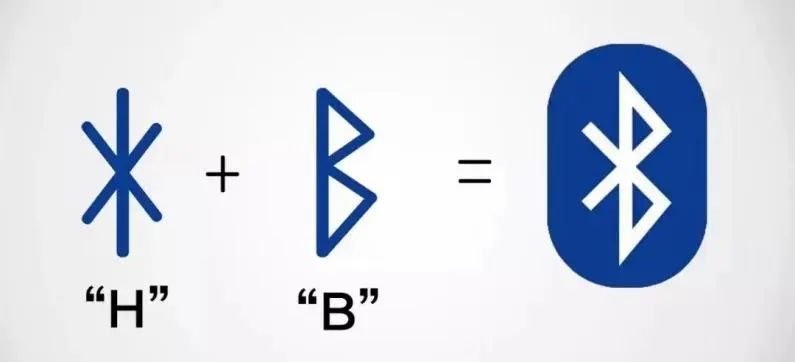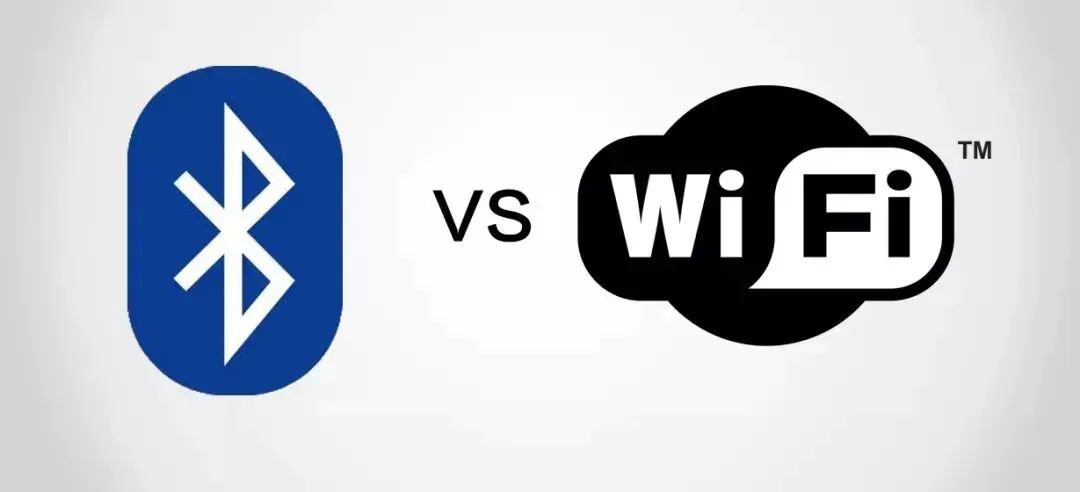
Source: Mechanics Popular Science
Original Author: Simba
Introduction and Origin of Bluetooth



Working Principle of Bluetooth

Differences and Similarities Between Bluetooth and Wi-Fi


Applications of Bluetooth in Daily Life




Source: Mechanics Popular Science
Original Author: Simba
Introduction and Origin of Bluetooth



Working Principle of Bluetooth

Differences and Similarities Between Bluetooth and Wi-Fi


Applications of Bluetooth in Daily Life


